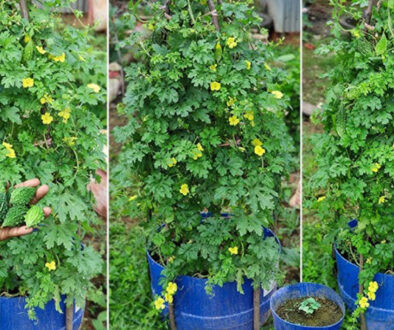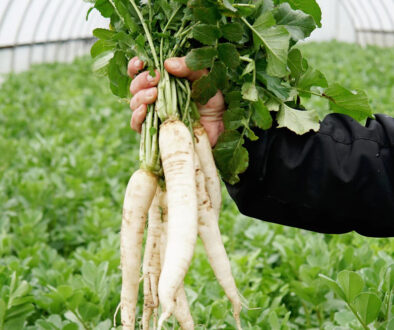Spinach Cultivation Method
Spinach has nutritional value. Spinach is popular among health conscious people. Spinach contains high levels of magnesium, which helps in reducing blood pressure. The high levels of vitamin A, lymphocytes or white blood cells present in it protect the body from various infections and diseases.
Selection of varieties for cultivation
Different varieties of spinach include Pusha Jayanti, Kopi Spinach, Green, Sabuj Bangla and Tok Spinach. There are also Nobel Giant, Banerjee Giant, Pushpa Jyoti etc.
What should the soil be like for spinach?
Loamy fertile soil is more suitable. It can also be cultivated in clay, sandy-loam soil.
How to prepare the soil?
The soil should be prepared by cultivating the land and leveling it with a ladder.
Rules for applying chemical and organic fertilizers
Manure should be applied during the last cultivation of the land, but urea should be applied at the end of cultivation. However, it is better to apply cow dung at the beginning of land preparation.
Urea fertilizer should be mixed with the soil in 2-3 installments after 8-10 days of seedling emergence and every 10-12 days.
Every hundredth of acre, cow dung ⇒ 40 kg, urea ⇒ 1 kg, TSP ⇒ 500 grams and MP ⇒ 500 grams are given.
Selection and preparation of soil in spinach land:
In spinach cultivation, soil has to be prepared in the land. High soil is selected for spinach with soil. Spinach seeds can be sown in advance in high soil. Soil has to be prepared by digging the soil with a spade and cleaning the weeds.
Seed sowing rate
Per ale ⇒35-40 grams, per hundred ⇒117 grams, per acre ⇒9-11 kg, per hectare ⇒25-30 kg
Best time to sow seeds:
The best time to sow spinach is September-January. Spinach seeds should be sown 10 cm apart. However, seeds can also be sown by sprinkling. Germination takes about 7-8 days after sowing.
Spinach can be cultivated by sprinkling seeds directly on the ground or by making holes and sowing seeds in the beds, or by making seedlings in the seedbed and planting those seedlings. Before sowing the seeds, the seeds should be soaked in water for 24 hours. Holes should be made at a specific distance and 2-3 seeds should be sown in each bed.
Spinach field care
Weeds should be removed as soon as they appear in the soil.
Fertilizer should be applied regularly and on time.
Spinach requires a lot of water. Therefore, before applying fertilizer, it is necessary to irrigate the soil by understanding its ‘soil’ condition. Light irrigation is necessary after planting.
If the seedlings in a place die or the seeds do not germinate, replant the seedlings in that place within 7-10 days.
For the rapid growth of spinach plants, the soil should be loosened after each irrigation to retain moisture in the soil for a longer period and to allow light and air to enter the soil easily.
8-10 days after the seeds germinate, 2 seedlings should be placed in each hole and the additional seedlings should be lifted and planted in the empty space.
What to do in case of insect attacks
Spinach is sometimes attacked by ants, aphids, termites and leaf-boring insects. If attacked, the affected plants should be removed.
Other diseases of spinach
The main diseases of spinach include root rot, leaf spot disease, and leaf collapse disease. In addition, spinach is susceptible to two other diseases. Such as downy mildew and leaf spot.
Spinach can be harvested one month after sowing the seeds and can be harvested at any time until the plant flowers.



